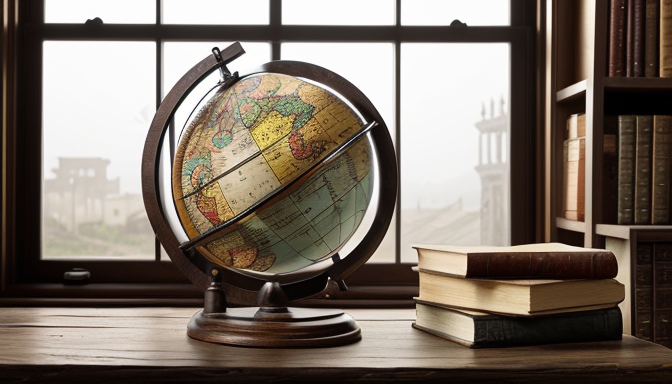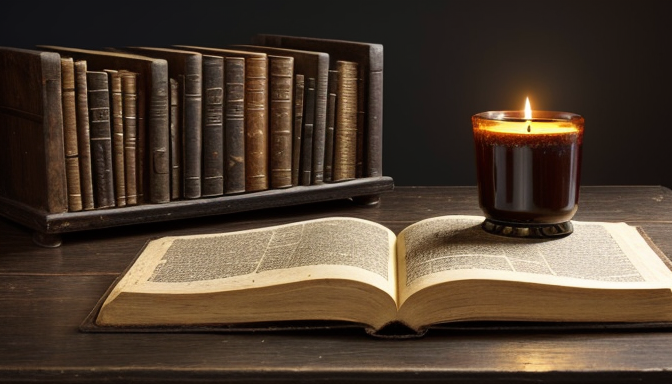Have you ever wondered why certain characters stick with us long after we’ve turned the last page or finished the final episode? It’s because character archetypes tap into something profound within us. These archetypes—think of the hero, the mentor, or the trickster—are not just mere roles; they are the building blocks of storytelling that resonate across cultures and generations. They serve as mirrors, reflecting our own experiences, fears, and aspirations, making them incredibly relatable.
Each archetype carries a rich backstory and alignment traits that shape their journey. For instance, the hero often embarks on a quest filled with challenges, while the mentor provides wisdom and guidance. These characters are influenced by mythological themes that transcend time, allowing us to connect with them on a deeper level. It’s like meeting an old friend who always seems to understand you, no matter how much time has passed.
Moreover, as society evolves, so do these archetypes. They adapt to reflect contemporary issues, ensuring they remain relevant. For example, the traditional hero may now grapple with moral dilemmas that challenge the very notion of heroism. This evolution keeps the narratives fresh and engaging, making us question our own values and beliefs. In essence, character archetypes are not just timeless; they are the heartbeat of storytelling, continuously inviting us to explore the depths of our humanity.
The Psychological Impact of Archetypes
Character archetypes resonate deeply with audiences, acting as a psychological bridge that connects us to the very core of our humanity. Imagine walking into a room filled with strangers, yet feeling an instant connection to someone because they remind you of a beloved character from a book or film. This is the magic of archetypes—they evoke feelings and experiences that are universal, transcending cultural and temporal boundaries.
One of the reasons archetypes are so compelling is their ability to tap into our innate emotions. For instance, the Hero archetype, with its rich backstory of courage and sacrifice, is not just a character; it’s a reflection of our own struggles and aspirations. We see ourselves in these characters, experiencing their triumphs and failures as if they were our own. This emotional investment creates a powerful bond between the audience and the narrative.
Moreover, archetypes often embody alignment traits that resonate with our personal beliefs and values. Consider the Wise Old Man or the Innocent; these figures serve as mirrors, allowing us to explore our own moral compass. They guide us through the complexities of life, offering wisdom and comfort in times of uncertainty. As we navigate through stories, we find ourselves asking questions like, “What would I do in their shoes?” or “How can I embody this trait in my life?”
In essence, the psychological impact of character archetypes is profound. They are not just tools for storytelling; they are windows into our souls, helping us understand ourselves and the world around us. By crafting rich backstories and aligning traits with mythological influences, storytellers can create characters that not only entertain but also enlighten, ensuring their relevance across generations.

Cultural Significance of Archetypes
Character archetypes are not just mere templates; they are the heartbeat of storytelling that pulse through the veins of culture. They embody the values and beliefs of the societies that create them, acting as mirrors reflecting our collective identity. Think of them as the blueprints of human experience, allowing us to explore complex themes and emotions. For instance, the hero archetype often represents the struggle against adversity, a narrative that resonates across generations and cultures. This is why we find heroes in ancient myths, modern novels, and even blockbuster films.
Moreover, these archetypes are not static; they evolve to address contemporary issues. In today’s narratives, we see the traditional hero grappling with moral dilemmas that challenge societal norms, making them more relatable to modern audiences. This evolution can be illustrated through various archetypes:
| Archetype | Traditional Role | Modern Interpretation |
|---|---|---|
| Hero | Defender of good | Flawed individuals facing moral choices |
| Mentor | Guide for the hero | Complex characters with their own struggles |
| Villain | Embodiment of evil | Tragic figures with relatable motives |
These archetypes not only help us understand our own cultural narratives but also foster empathy across different backgrounds. When we engage with a story, we are not just entertained; we are invited to explore the rich tapestry of human experience, making archetypes a timeless element in storytelling.
Frequently Asked Questions
- What are character archetypes?
Character archetypes are universal symbols or patterns that represent typical characters in storytelling. They embody specific traits and roles that resonate with audiences, making them instantly recognizable and relatable.
- Why are archetypes important in storytelling?
Archetypes help to create a connection between the audience and the narrative. They tap into shared human experiences and emotions, allowing stories to transcend cultural and temporal boundaries, making them timeless.
- Can archetypes evolve over time?
Absolutely! While the core traits of archetypes remain consistent, they can evolve to reflect contemporary societal issues and values, ensuring their relevance in modern storytelling while still maintaining their foundational essence.
- How do archetypes impact character development?
Archetypes provide a framework for character development, giving writers a starting point to build complex characters. By understanding the archetype, writers can explore deeper motivations and conflicts, enriching the narrative.
- Are archetypes the same across all cultures?
While many archetypes are universal, their interpretations can vary across cultures. Different societies may emphasize different traits or narratives, which adds richness and diversity to storytelling.

Recent Comments